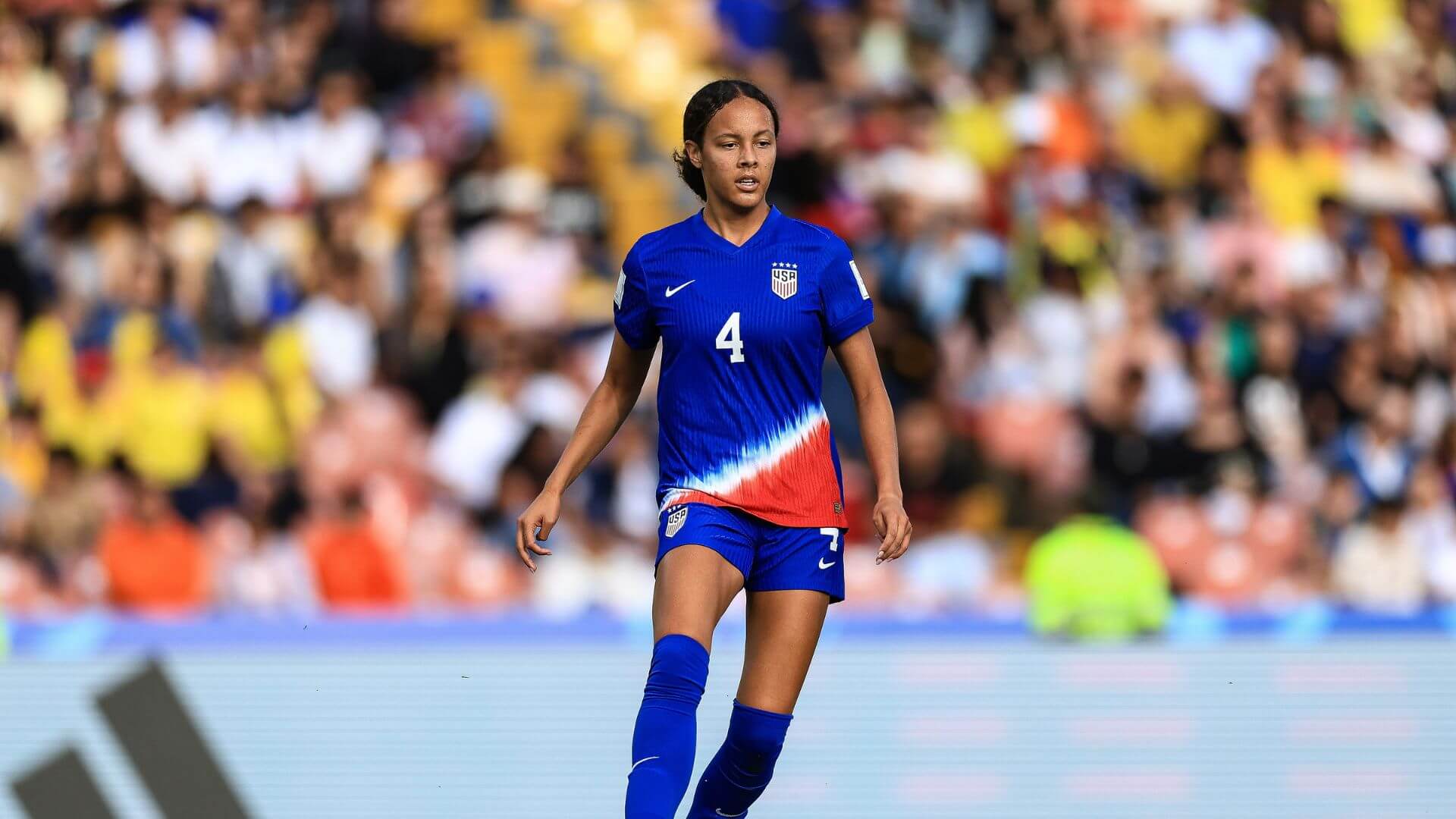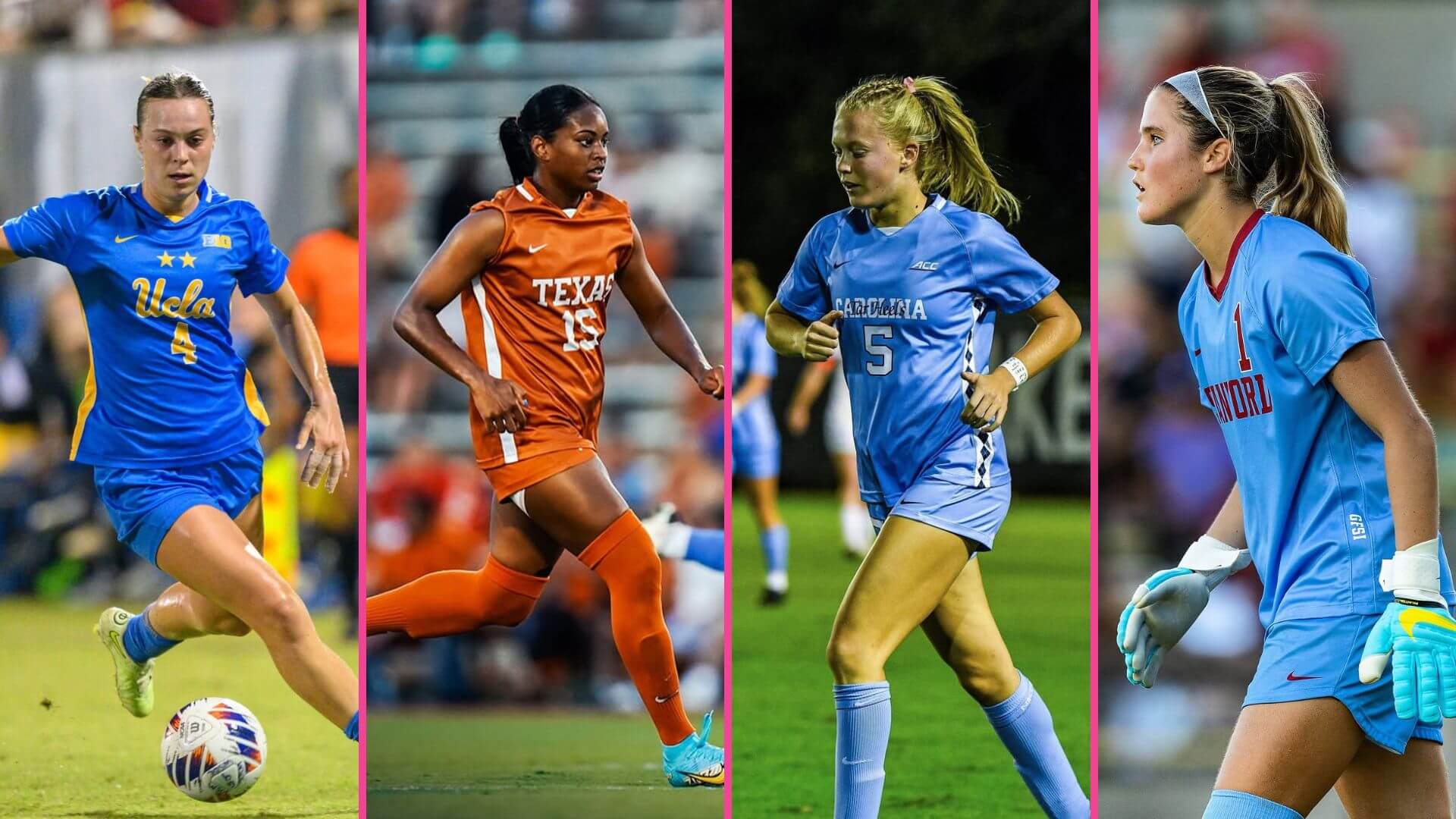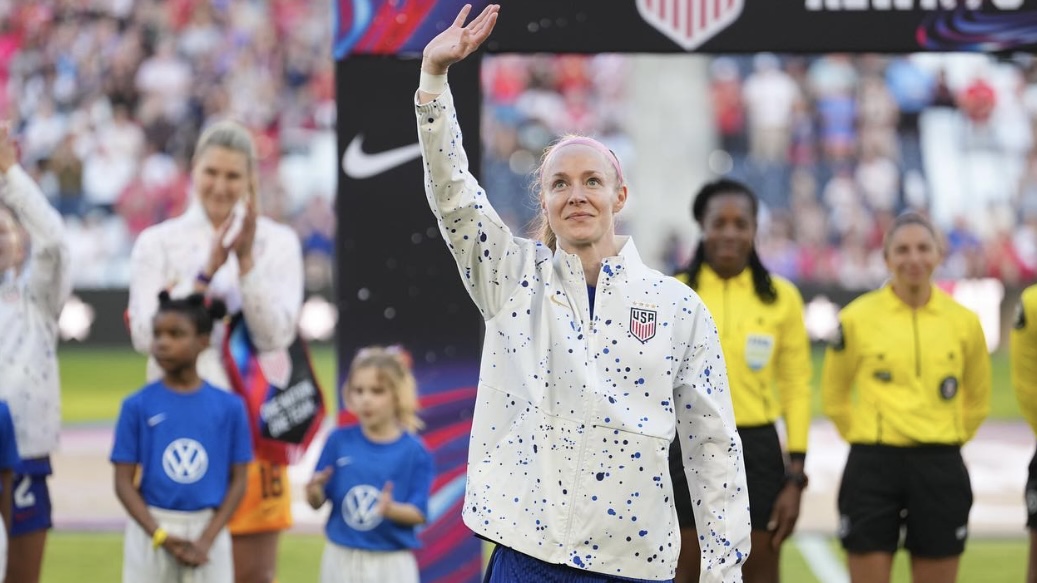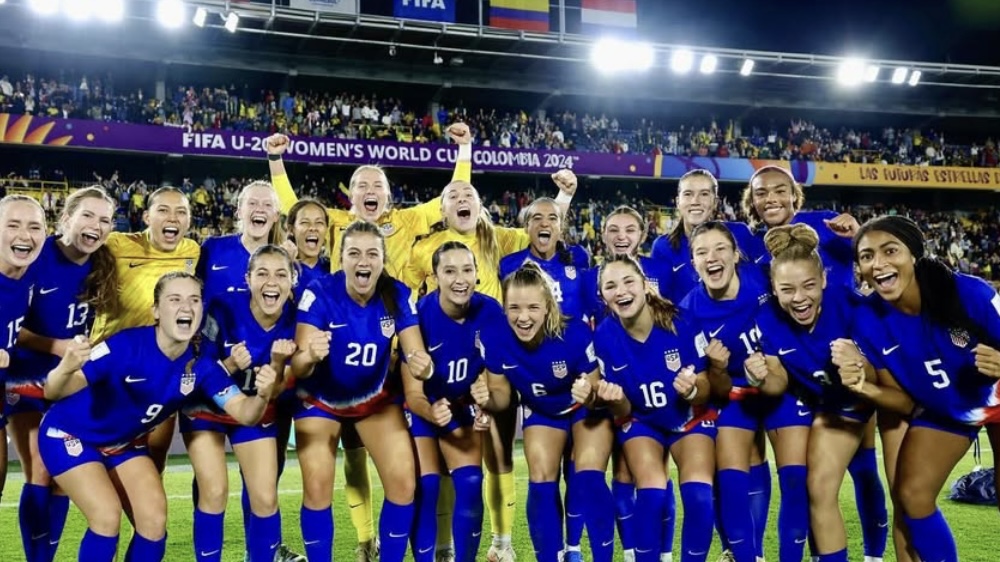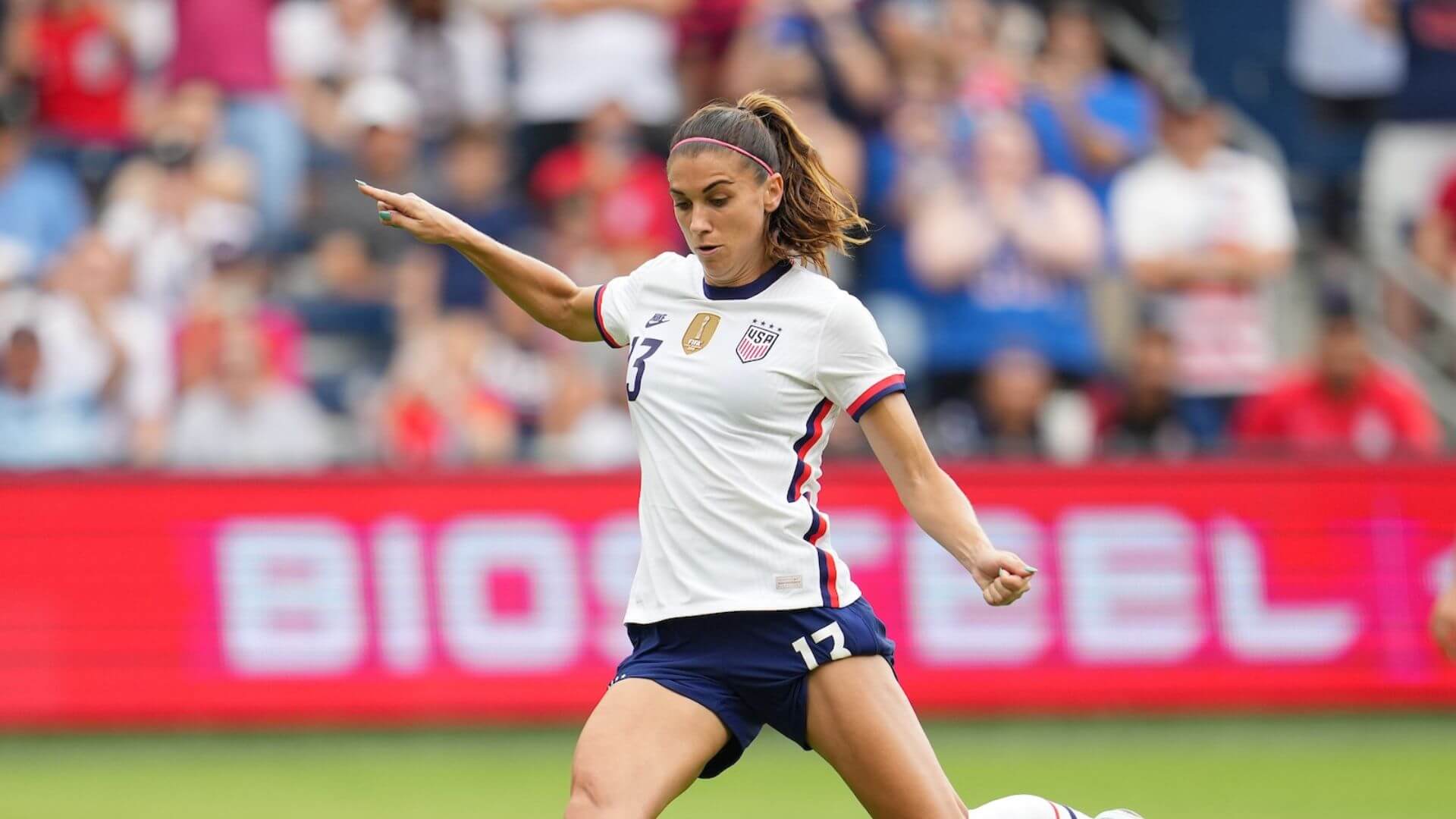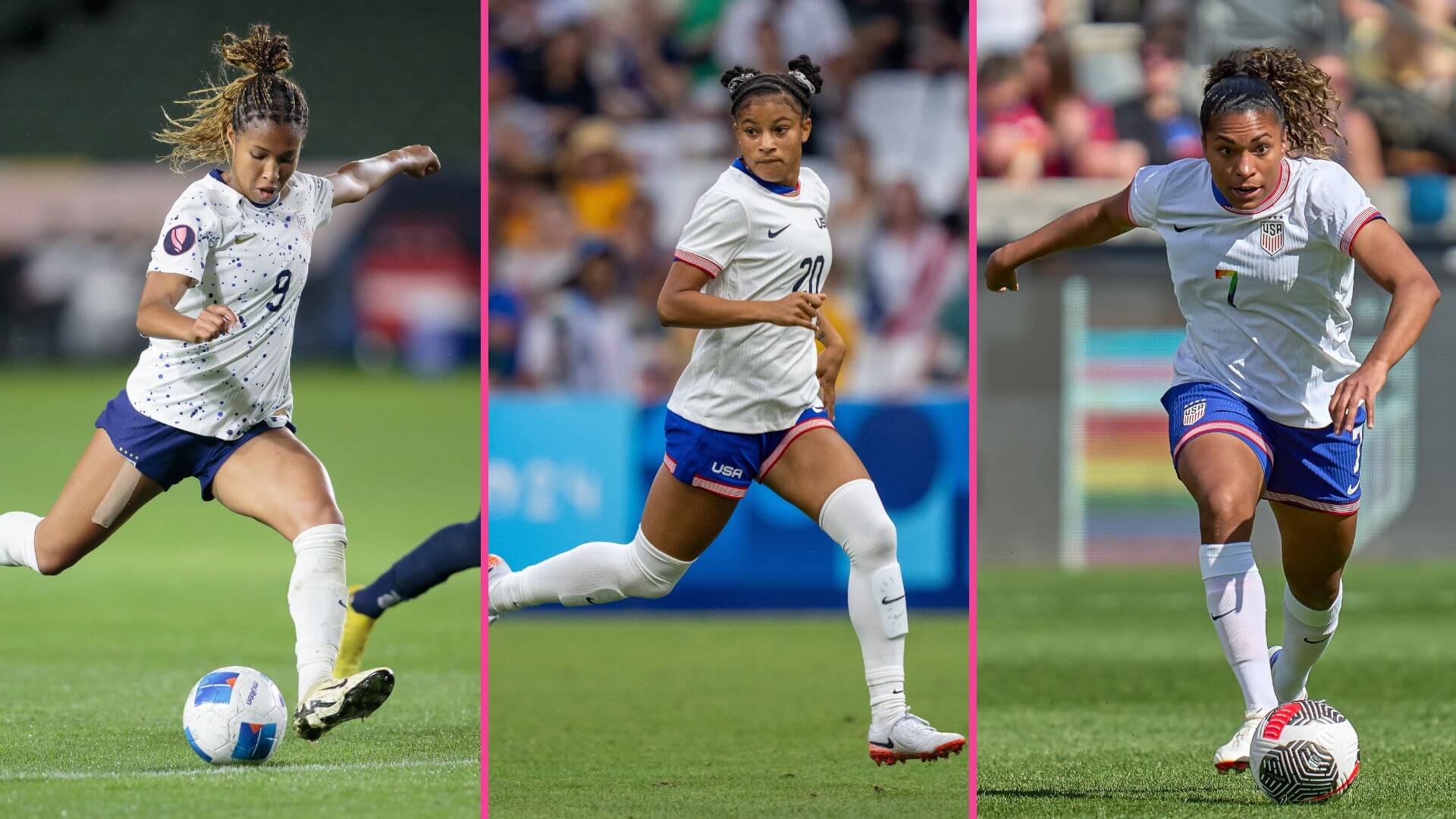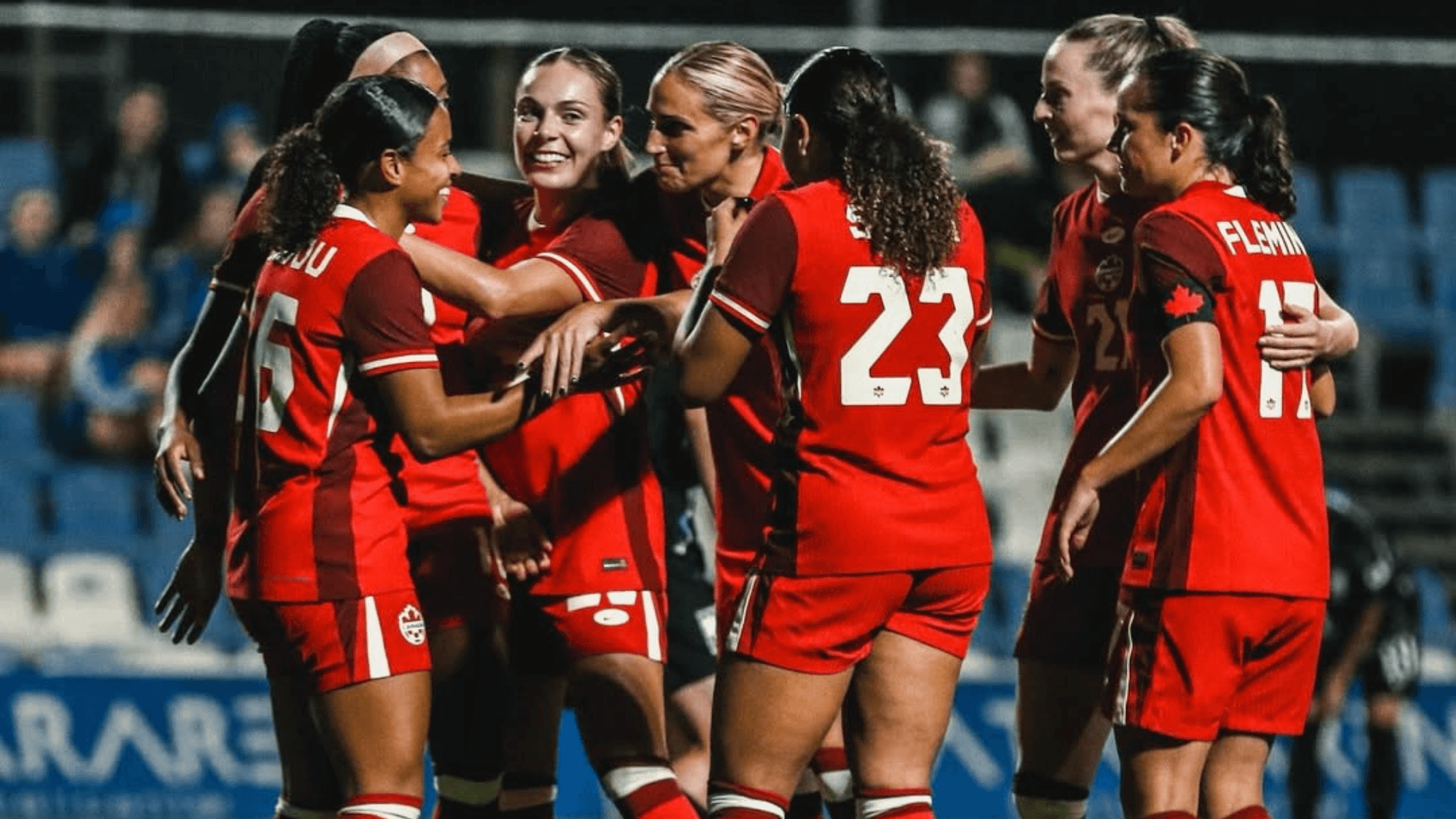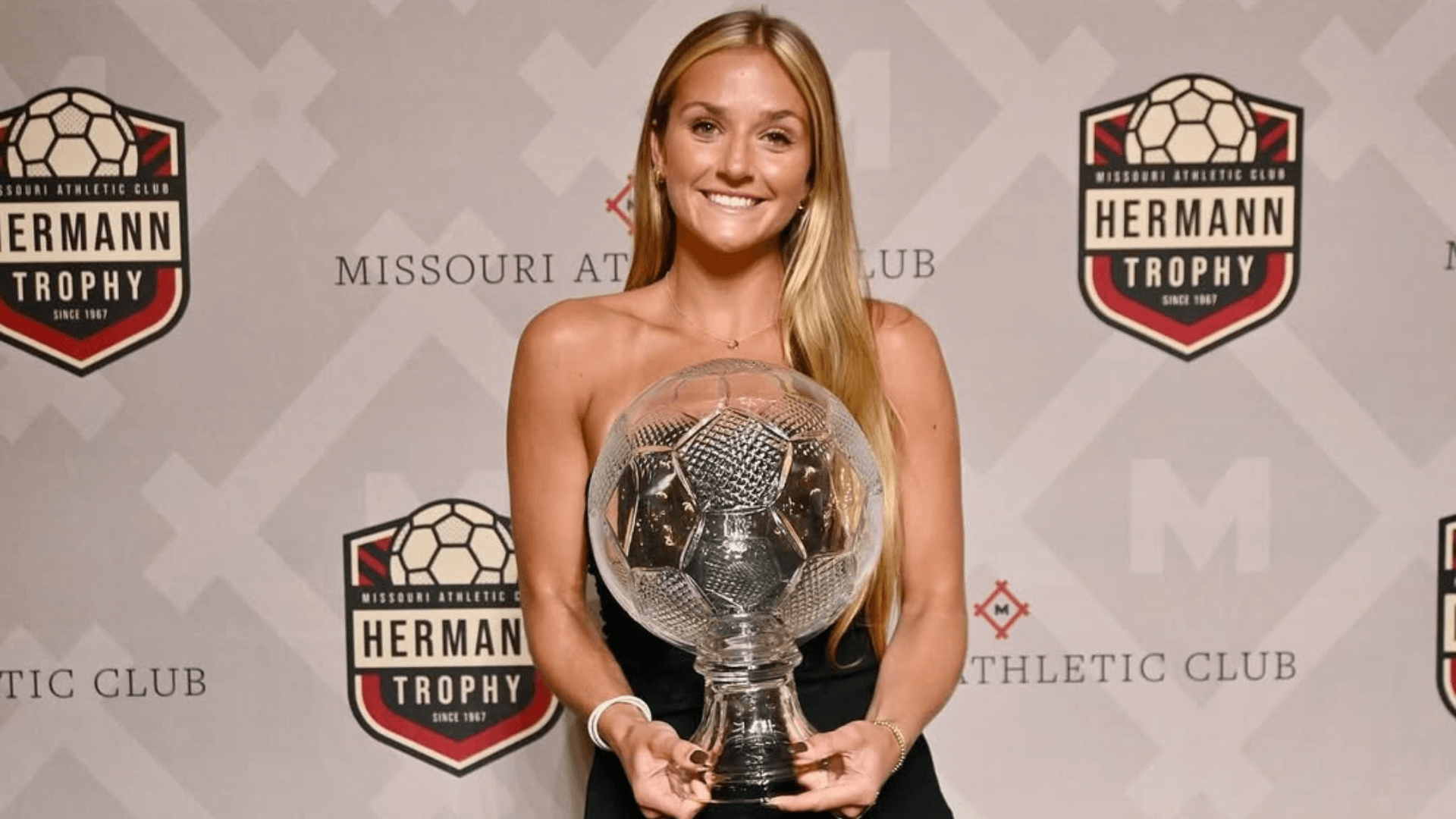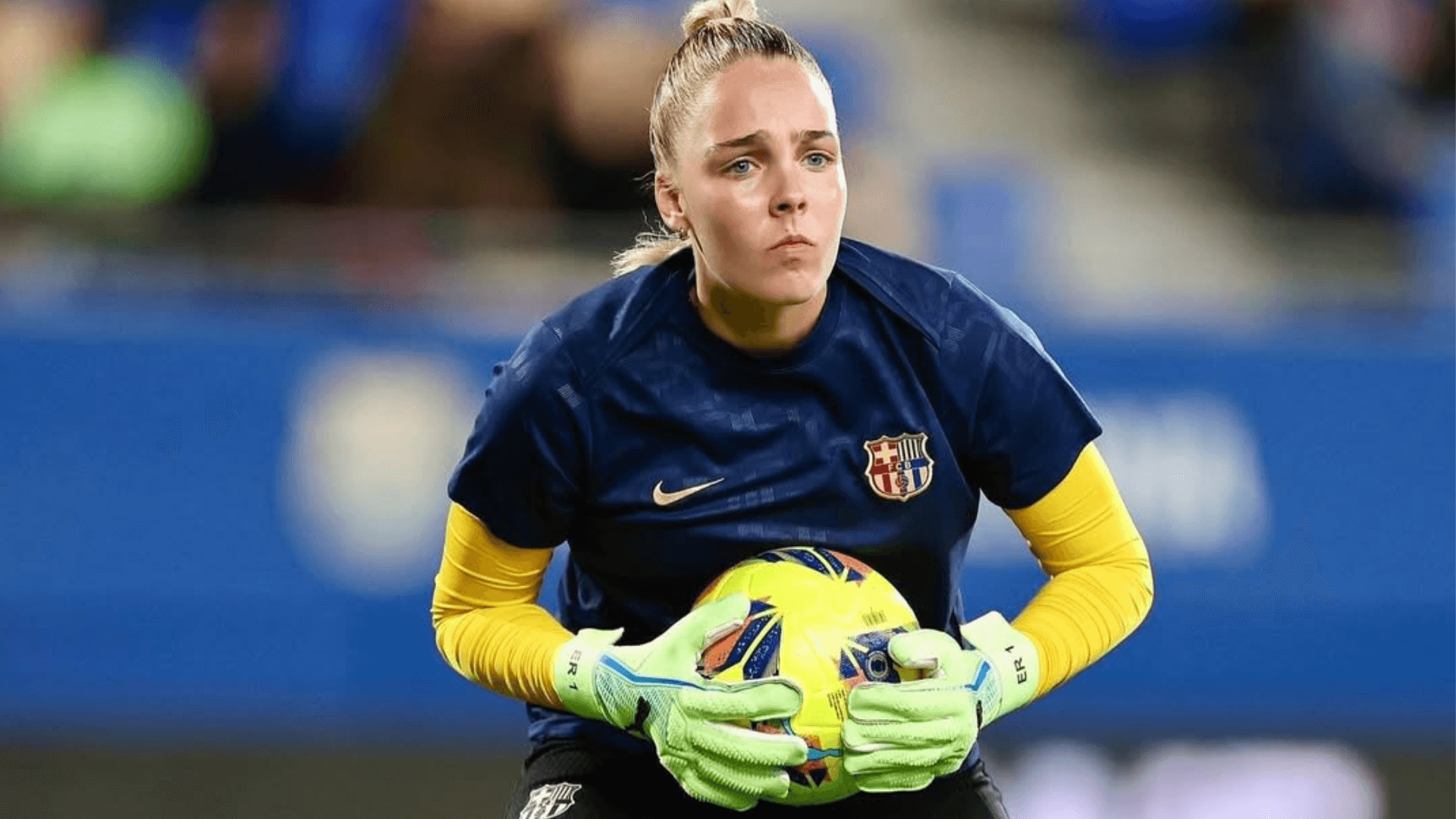The Most Influential Players In Women’s Soccer History
Women’s soccer has come a long way throughout the existence of the sport. In recent years, we have seen the sport evolve so much and start to earn the respect it deserves. Whether you’re a fan or player there are so many influential women’s soccer players to thank for the sport we all love.
Here are some of the influential players in women’s soccer history that you should know.
Lily Parr
Parr, an English international, was a star for Dick, Kerr Ladies between 1920 and 1951. She earned her first cap with the senior team at the age of 14 and played winger for most of her career. Parr continued to play even during the FA ban. Dick, Kerr Ladies, renamed to Preston Ladies, only lost 24 of their 828 games played. Parr very nearly scored 1000 goals during her career with the club. In 2019, she became the first woman to be honored with a statue in the National Football Museum.
Parr was also an LGBTQ+ icon, as she was very open about her relationship with her partner. In 2007-09, The Lily Parr Exhibition Trophy was played between LGBTQ+ players from France, England, and the United States.
Nettie Honeyball
Honeyball was one of the first female soccer players in the world. The British international created a team called the British Ladies Football Club. She created the club to allow women the chance to play the sport and go against the belief that only men could play. Everything about the club was contested and subjected to tons of hate and violence. In one instance, the team played against a men’s team where they were attacked by the crowd. Not even two weeks after that they were again attacked by a mob.
While her attempt didn’t end in the way she had hoped she opened the door for women to get into the game and for that we can all be grateful.
April Heinrichs
Heinrichs has done it all around U.S. Soccer; she had a successful playing career before switching focus and coaching both collegiately and with the USWNT. Heinrichs attended the University of North Carolina where she was a star from the second she stepped on the field. After her collegiate career was over, she became the first women’s soccer player at UNC to have her jersey retired.
She was captain of the 1991 World Cup-winning U.S. squad. Overall, she made 47 appearances for the USWNT and scored 37 goals. In 1996, she was an assistant coach with the USWNT when they won gold at the Olympic Games. Heinrichs also spent time as head coach of the USWNT.
In 1998, she was inducted into the National Soccer Hall of Fame, becoming the first woman to earn the honor.
Kim Crabbe and Sandi Gordon
Crabbe and Gordon are two players that aren’t written in the record book for their goalscoring capabilities, but something much more important. It was these two women that opened the door for so many in the U.S. to realize that anyone could play on the national team.
Kim Crabbe played her college soccer days with George Mason. In 1985, USWNT coach Anson Dorrance gave Crabbe her first call-up, making her the first black player to be called into a USWNT camp. While she never earned a cap for the team, she’ll always be an important player in the team’s history.
Sandi Gordon did not play in college but instead was noticed by Dorrance at some tournaments with her club. Gordon became the first black player to earn a cap for the USWNT in 1987 when they took on Sweden on July 9. She would go on to make seven more appearances for the stars and stripes.
And the List Goes On…
There is no shortage of women who could have made this list. Michelle Akers, Mia Hamm, Abby Wambach, Megan Rapinoe, Ada Hegerberg, and many, many, many more. While we couldn’t include them all here, their contributions to the women’s game are no less important than the incredible players we highlighted above.
Featured Image via Jon Ferrey /Allsport (Getty)



